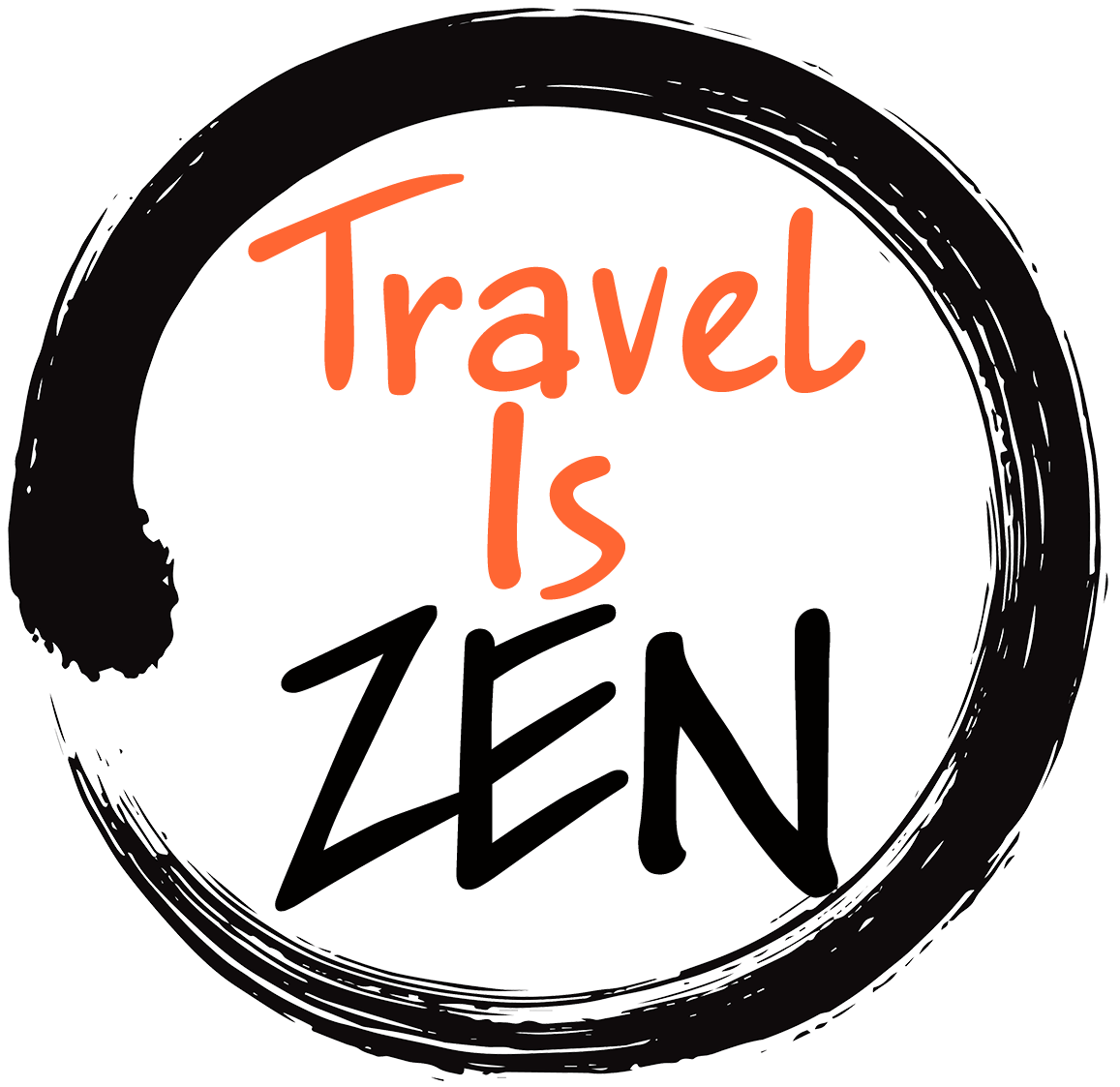A Message of Love from Nagasaki, Kyushu, Japan
Atomic Bomb Nagasaki Japan
On August 9, 1945 at precisely 11:02 in the morning, a nuclear weapon nicknamed Fat Man exploded 1500 feet above Urakami Cathedral in a valley northwest of central Nagasaki. On alert from an air raid warning earlier that morning, farmers on a nearby hillside witnessed the B-29 American bomber, Bockscar, drop its payload. They dove for cover as a flash brighter than daylight signaled detonation. A heartbeat later, a roaring blast of wind ripped the clothes from their bodies and stole the oxygen from the air — then reversed course, sucking dust, dirt, and the bits and pieces of shattered homes into its enormous vacuum. A black mushroom cloud of detritus rose high into the sky, blotting out the sun.
Darkness and momentary silence… then a rising crescendo of wailing - anguish, pain, shock. Wind whipped flames into raging fires that quickly spread across the bare landscape, finishing off struggling souls trapped in the rubble. In the time it takes to drink a cup of coffee, 40,000 people were vaporized… and a scant few survivors within a 1.5 mile radius of ground zero stumbled around in shock, trying to process an event without conceivable precedent. And that was just the beginning of the horror, as 30,000 additional people would succumb to radiation sickness in the coming days and tens of thousands more would suffer lifelong keloid scarring, cancers, and other ailments.
Nagasaki Atomic Bomb Museum
When we visited Nagasaki during our 17-day Kyushu winter roadtrip, I had, of course, been prepared for the photographs depicting complete annihilation, the cold chronological play-by-play of the fateful day, the cast of characters - the pilots, the physicists, the decision-makers. As in our previous dark travel experiences (such as to Birkenau and Auschwitz in Poland or the “Ho Chi Minh Hotel” in Hanoi, Vietnam), I expected the day to be solemn as we allowed ourselves to step back in time to re-“witness” a scale of tragedy that only humans are capable of inflicting… to remind ourselves of the fragility of comfort and peace. What I did not expect was the inspiring message of love and hope that we also received in Nagasaki.
Takashi Nagai and “The Bells of Nagasaki” at Nyoko-do Hermitage
We were wandering around the district of Urukami as the sun rose, in search of some breakfast before heading to the Atomic Bomb Museum. The smell of coffee drew us into Juma Cafe. As we sipped our Americanos, Junko, the graceful, petite cafe owner, introduced herself in excellent English. After chit-chatting a bit, she recommended that we visit the Nyoko-do Hermitage and Library. She said it was her favorite place to go for inspiration and peace, explaining that it was formerly the tiny home of Takashi Nagai, a local hero.
I had never heard of Takashi Nagai, which I now consider a serious flaw in our education system in the United States. His book “The Bells of Nagasaki” should be required reading for every high school student. After a somber visit to the Atomic Bomb Museum, we took her advice and went to the hermitage - remarkable!
Nagai was a radiology physician working at Nagasaki Medical College when the atomic bomb was dropped on the city. Despite suffering from pre-existing leukemia (from his work as a radiologist) and a serious head injury from the blast, he assembled a rag-tag medical corps from among the surviving students and professors and walked from village to village, tending to the wounded with minimal supplies. His wife was incinerated in the blast; his two children survived because they were staying with relatives in another village.
In the months following the bombing, Nagai became confined to his bed due to leukemia. With his wife gone and two children to provide for, Nagai became a prolific writer, documenting not only the horrors of the atomic bomb but also his deep reflections on life, death, and the meaning of suffering. In his most famous work, "The Bells of Nagasaki," he recounts the events of the bombing, the death of his wife, and his journey towards finding spiritual peace amid the ruins.
Takashi Nagai passed away in 1951 at the age of 43, yet his writings continue to inspire people worldwide. His books offer a profound meditation on the human condition and the possibility of finding meaning in the wake of unimaginable suffering. Nyokodo ("Hall of Remembrance”) is the tiny home where he spent his final years. It’s now a museum and a place to celebrate and commemorate a local hero’s compassion and strength. In a world often marked by division and conflict, his message of love, peace, and reconciliation resonates as strongly today as it did in the aftermath of World War II. He reminds us that even in the darkest times, we must choose to heal rather than harm, to forgive rather than condemn, and to love rather than hate.
Other Sites in Nagasaki
In addition to the Atomic Bomb Museum and Nyoko-do, Peace Park is another place to walk in remembrance of WWII. Sculptures and memorials from around the world — in memory of prisoners-of-war who also died when the bomb decimated Nagasaki — highlight the global impact.
Just before sunset, we rode the gondola to Inasayama Observation Deck overlooking the port to photograph this famous night view.
Our 17-day winter Kyushu roadtrip continued with hiking and hot springs in Unzen National Park —>























